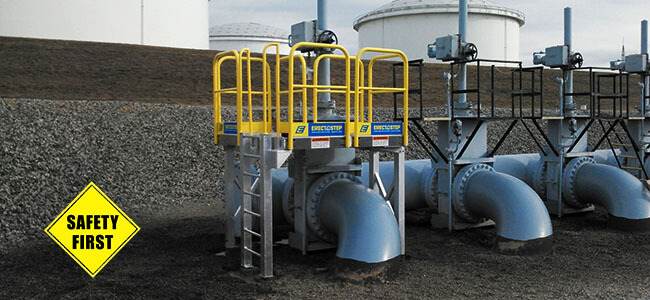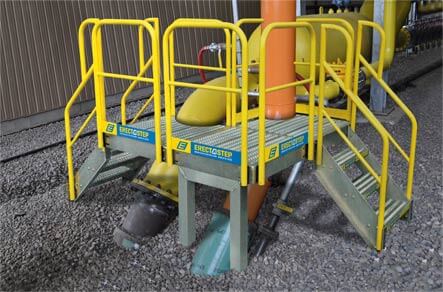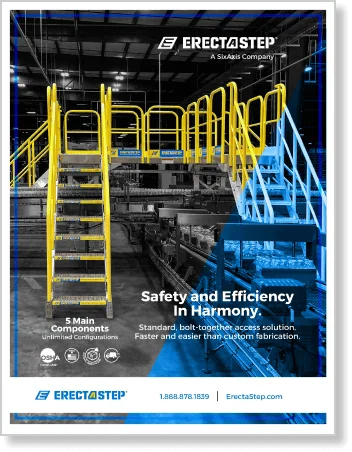Test failure refers to the damage or weakening of a ladder’s structure during testing. This means that the ladder is unstable for use and should be replaced or repaired at the soonest time possible. The safety and readiness of ladders should be determined through periodic testing.
Any sign of failure, rickety condition, or reduced strength during these tests indicates a ladder failure. This ensures users only use safe and reliable ladders in any setting.
Signs of Test Failure
- Visible cracks or bends
- Loose or missing components
- Unstable structure.
Key Benefits:
- Safety: Identifying and addressing test failures prevents accidents and injuries.
- Reliability: Ensures that only structurally sound ladders are in use.
- Compliance: Meets OSHA standards for workplace safety.
Applications:
- Ensuring home ladders are safe for use during tasks like painting, cleaning, or repairs.
- Ensuring that the ladders installed in business places are safe for use during maintenance and other installation activities.
- Industries that involve frequent use of ladders for work at heights, for instance, in electrical work, inspections, and installations.
Test failure occurs when a ladder shows damage or weakening during testing, indicating it is no longer safe to use.
OSHA Compliance for Test Failure
The Occupational Safety and Health Administration (OSHA) has guidelines to ensure that ladders are safe for use. Key points of OSHA compliance include:
- Regular Inspections: Inspect ladders regularly to identify any signs of damage or wear.
- Load Testing: Ladders should undergo load testing to ensure they can support their maximum intended load without failure.
- Immediate Action: Remove any ladder that fails a test from service immediately and replace it.




